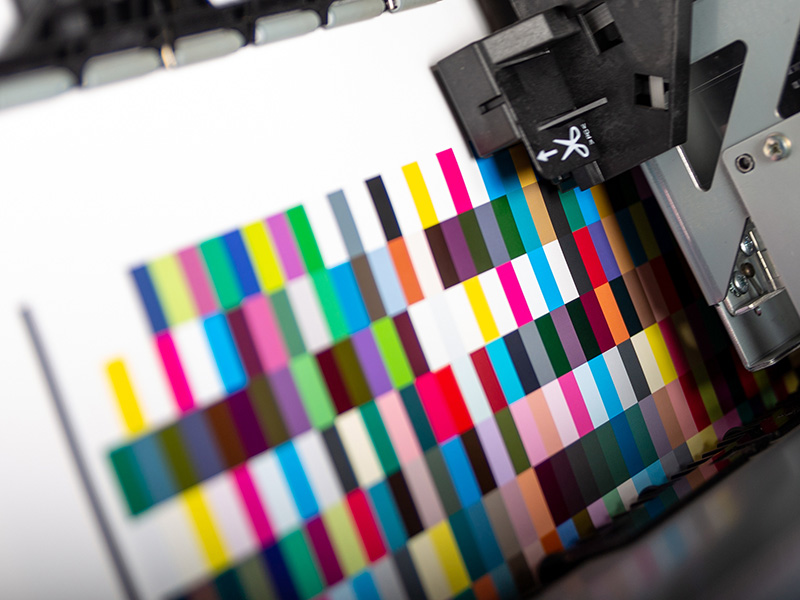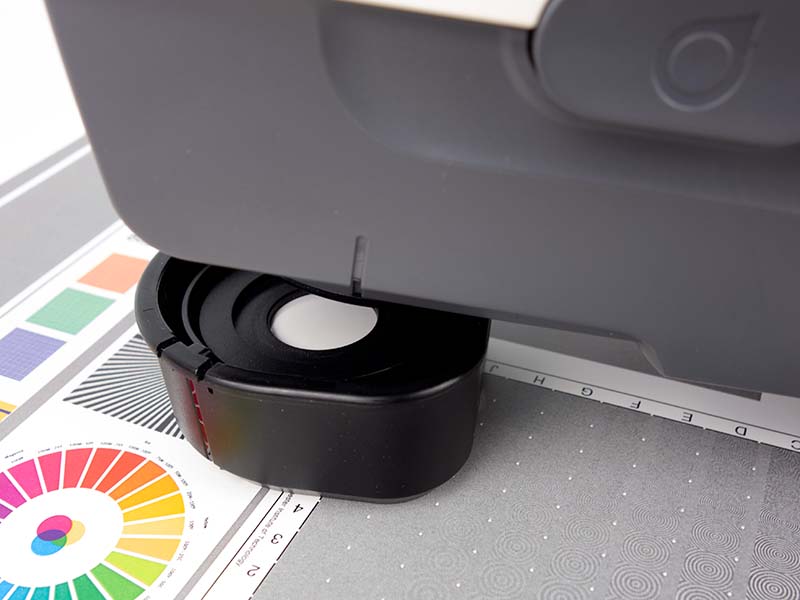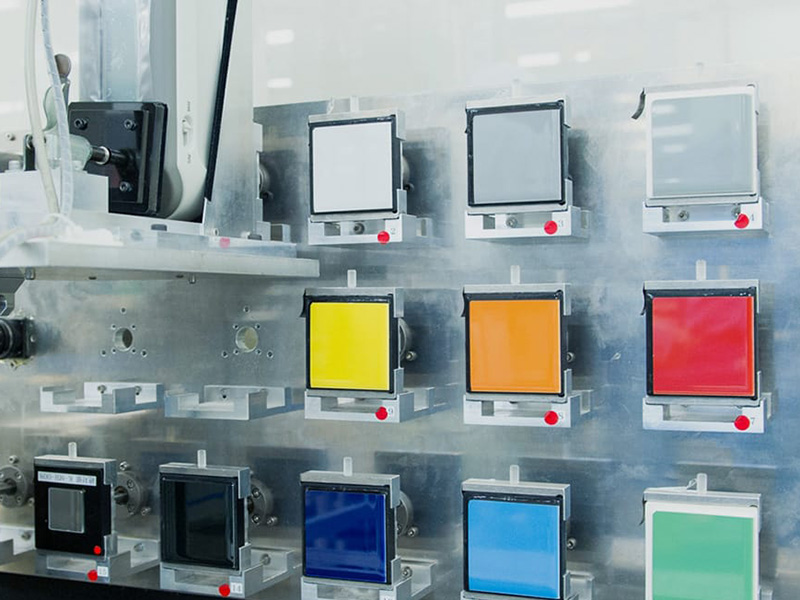Introduction
Achieving accurate color reproduction is a fundamental goal in the world of printing. Whether you are a professional photographer, a graphic designer, or a print enthusiast, it is crucial to have your prints reflect the colors you intended. However, the task of accurately reproducing colors on paper is complex and can be challenging due to various factors. Printer profiling, a technique used to calibrate printers, is one approach to achieving accurate color reproduction. In this article, we will explore the limitations of printer profiling and how they impact the reproduction of colors.
Printer Color Calibration
Printer color calibration is a process that aims to ensure consistent and accurate color reproduction on different printers. It involves creating a profile for each specific printer, which takes into account its unique characteristics. This profile acts as a translation mechanism, converting the colors in a digital file into instructions that the printer understands.
The process of printer color calibration typically involves printing a set of color patches with known values, which are then measured using a colorimeter or spectrophotometer. The measurements are compared to the desired values to create an accurate profile. Once the profile is created, it can be used to adjust the colors in a digital file to compensate for the printer's characteristics and achieve more accurate color reproduction.
Color Management for Printers
Color management is a crucial aspect of achieving accurate color reproduction, not only for printers but also across various devices such as monitors and cameras. It involves the use of color spaces, color profiles, and rendering intents to ensure consistent and predictable color results.
In the context of printers, color management involves the conversion of colors from one color space to another.
This conversion is necessary due to the limited gamut, or range of reproducible colors, of printers compared to digital displays. By using ICC profiles, which contain information about a specific printer's color characteristics, color management systems can accurately map colors from the wider color space of digital files to the narrower gamut of printers.
However, despite the advancements in color management technology, there are limitations that can affect the accuracy of color reproduction. Let's explore some of these challenges in the next section.
Printer Profiling Challenges
Gamut Compression: One of the limitations of printer profiling is gamut compression. Gamut refers to the range of colors that a device or color space can reproduce. Printers, especially those using CMYK inks, have a narrower gamut compared to RGB color spaces commonly used in digital files. This difference in gamut can lead to the compression of colors, resulting in a loss of detail and accuracy in the final print. Gamut compression is a trade-off necessary to fit the wider color space into the limited gamut of the printer, but it can affect the vibrancy and saturation of certain colors.
MYIROtools allows fine adjustments of the gamut compression to optimize the printed result.
Ink Splitting: Ink splitting is another challenge in printer profiling. It refers to the process of dividing a color into multiple ink combinations to achieve a similar appearance to the original color. Since printers use a limited number of inks, they may struggle to reproduce certain colors accurately. Ink splitting techniques aim to create a combination of available inks that can closely match the desired color. However, this process can result in subtle variations and potential color shifts compared to the original color, especially in areas with fine gradients or smooth transitions.
Using MYIROtools we can optimize the ink splitting for your ink combination.
Conclusion
Achieving accurate color reproduction in printing is a complex task with various limitations and challenges. Printer profiling, although effective in calibrating printers, has its own set of limitations that can impact the accuracy of color reproduction. Gamut compression and ink splitting are examples of challenges that arise due to the differences in gamut between digital files and printers. While color management systems have made tremendous progress in ensuring consistent and predictable color results, it is essential to understand and address these limitations when aiming for accurate color reproduction. By being aware of these challenges, print professionals and enthusiasts can make informed decisions in their color workflow to achieve the desired outcomes.





